Sponsored

Building Engines for War - by Edward M Young (Hardcover)
In Stock
Sponsored
About this item
Highlights
- Dive into the heart of wartime innovation and manufacturing through this groundbreaking book, unveiling a riveting narrative of technological mastery and organizational ingenuity.
- Author(s): Edward M Young
- 352 Pages
- Technology, Aeronautics & Astronautics
Description
Book Synopsis
Dive into the heart of wartime innovation and manufacturing through this groundbreaking book, unveiling a riveting narrative of technological mastery and organizational ingenuity. This meticulously researched work challenges conventional views of wartime production, offering a fresh perspective on the incredible efforts that drove the Allies to victory.
Young's insightful analyses illuminate the strategic collaboration between the aerospace and automotive industries, showcasing their collective adaptation that created the engines powering victory. Spanning continents, Young examines the transformation of aircraft engine manufacturing during World War II. Unearthing the operations of key players such as the Bristol Aeroplane Company, Pratt & Whitney, and Wright Aeronautical, he sheds light on the monumental shift from traditional batch production to revolutionary quantity production.
Readers will witness the birth of new factories, the development of advanced machine tools, and the innovation required to produce engines of unparalleled complexity and precision. Through Young's fresh perspective, the book unveils the intricate interplay of crisis techno-politics, engineering resilience, and the pivotal role of innovation in shaping the tides of history.
This book is not just a study of the past; it is a critical foundation for understanding the dynamics of wartime production that continue to influence our world today.
Review Quotes
I cannot rave enough about how wonderful this book is. This is like no aircraft engine book I've ever seen. Whereas most aircraft engine books are about engine design, testing and use, this one is about how the factories that built the engines were made: their conceptualization, organization, production engineering, construction, equipment, quality control and personnel. Young compares WWII Bristol, Pratt & Whitney and Curtiss-Wright single-row, medium-power two-row and high-power two-row engine production. He has apparently read everything ever published about aircraft engine production and has synthesized a grand view. The research is simply staggering; I've seen bits of what he presents in short trade publication articles, but it appears here in a single impressive volume with thousands of notes. This is a monumental book in almost every respect. This is a book that belongs in the library of every serious engine enthusiast.
Kim McCutcheon
President of the Aircraft Engine Historical Society
"The Arsenal of Democracy" is one of the most telling descriptions about American participation in World War II. Much has been written about the thousands of fighters, bombers, tanks, ships, and armaments produced for the US and allied forces that overcame the Axis powers. But how much has been written about what it took to make that materiel for the warfighters? Very little history has been written on production of the engines needed to power many of the bombers and fighters.
Young has substantially helped fill in that gap. This history is derived from his doctoral dissertation and covers the major radial engines produced by the US and the UK. Left for another study are the big Vee engines (notably the V-1710 and Merlin) and the smaller radials, in-lines, and opposed engines that powered the trainers and liaison aircraft. But this is the story of how an industry that turned them out big radials by the dozens before the war eventually cranked out 114,000 R-2800s, 32,000 R-3350s, 47,000 R-1820s, 170,000 R-1830s, and 60,000 Bristol Hercules engines.
Young well describes and analyses the vast work required to accomplish this production miracle. Austin, Rover, Chevrolet, Dodge, Ford, and Studebaker didn't just convert existing production lines into aircraft-engine producers. Essentially, all (with great infusions of government funds) built new factories, applying their expertise in mass production to the new types of products. But Curtiss-Wright, Pratt and Whitney, and Bristol also enlarged their own factories and built new facilities as well. Behemoth facilities were built, all of which needed new tooling and materials-handling equipment. Tooling, alone, would be another ripe study subject.
Having spent decades as a financial-industry analyst, and with his interests in aerospace history, Young was the right person to tackle this subject. His charts are superb, and he analyses resource utilization on both sides of the Atlantic. In the end, thanks to his impressive research and analytical capabilities, a reader should understand how one part of the huge and complex materiel problem facing the Allies was met and overcome. Anyone interested in the "back-home" story of how we won the war should read this excellent volume. It is not light reading, but it is worth every bit of time spent reading it.
Col Scott A. Willey, USAF (Ret), Book Review Editor, and former National Air and Space Museum docent

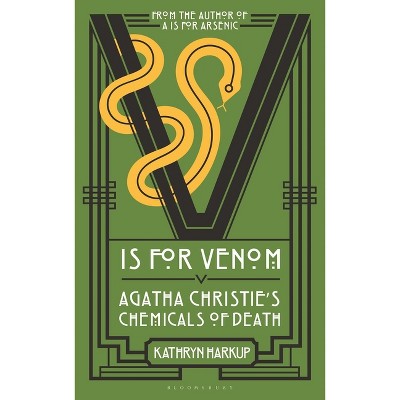




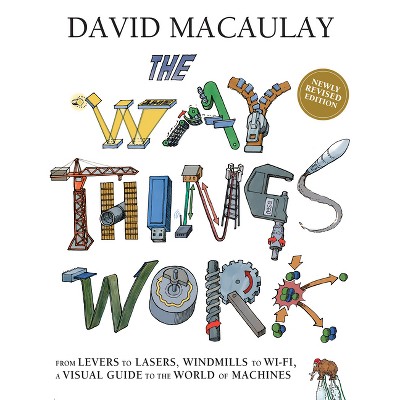

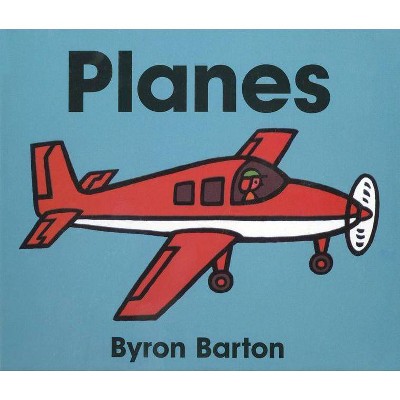



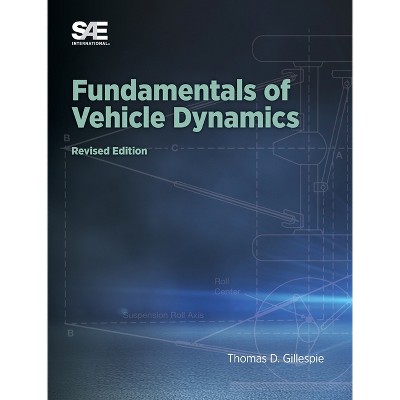

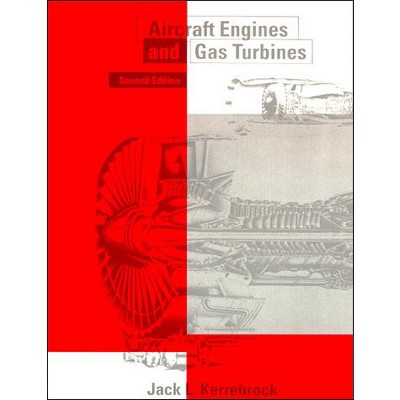


![The Languages and Linguistics of Northern Asia - (World of Linguistics [Wol]) by Edward Vajda (Hardcover)](https://target.scene7.com/is/image/Target/GUEST_65ca0f49-655d-4b80-9e4e-d4a04ab86dbb)